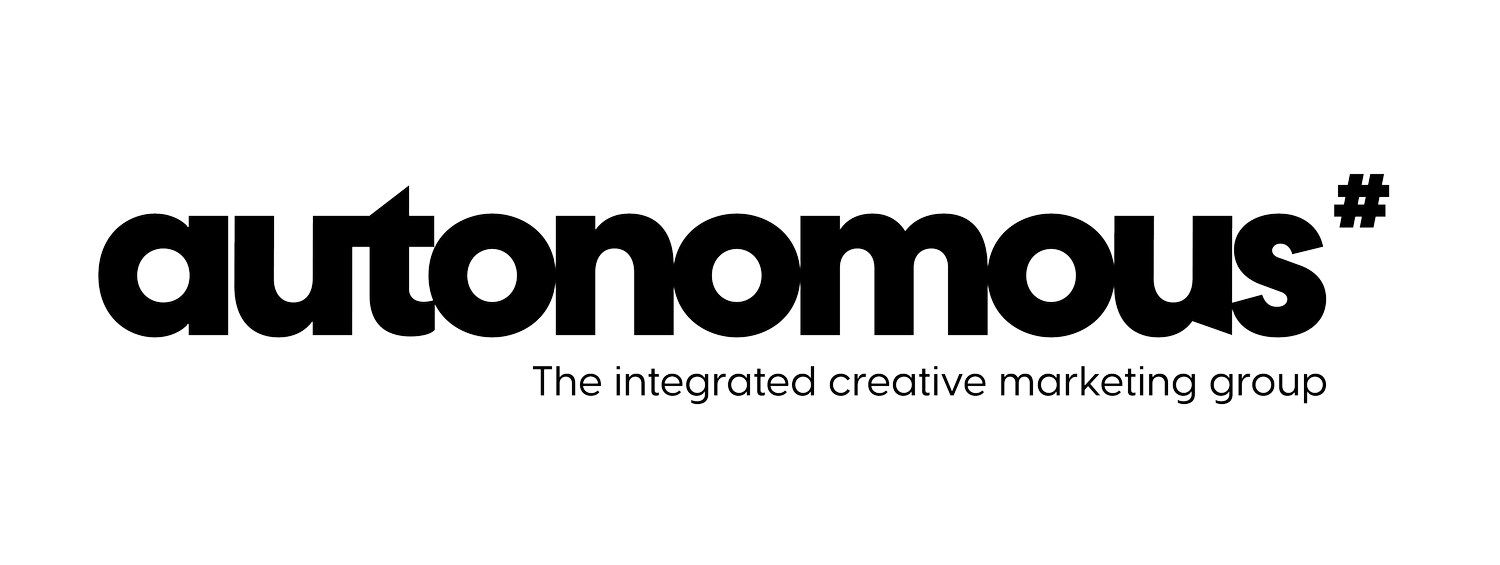Kipling’s Checklist
Six honest men to help you crystallise your brand and sell better
The key to thinking creatively is to keep asking questions. knowing what questions to ask, and remembering to keep asking them, is the tricky bit.
Kipling’s checklist is a useful tool for encouraging yourself to ask questions. the technique takes its name from the author Rudyard Kipling, who wrote a poem about ‘six honest serving men’: a reference to the six questions that he claimed taught him all he knew: what? where? when? why? how? and who?
By using these six prompts, you can ask questions such as ‘Why do we do it this way? How could it be done differently? Who else could we use to do it? What if we were to do it this way instead? When else could we do it? Where else could we do it?
The Six honest serving men
I Keep Six Honest Serving Men
I keep six honest serving-men
(They taught me all I knew);
Their names are What and Why and When
And How and Where and Who.
I send them over land and sea,
I send them east and west;
But after they have worked for me,
I give them all a rest.
I let them rest from nine till five,
For I am busy then,
As well as breakfast, lunch, and tea,
For they are hungry men.
But different folk have different views;
I know a person small—
She keeps ten million serving-men,
Who get no rest at all!
She sends them abroad on her own affairs,
From the second she opens her eyes—
One million Hows, two million Wheres,
And seven million Whys!
Rudyard Kipling
The range of questions you can ask using What? Where? When? Why? How? And who? are practically limitless.
Here are some suggestions for using Kipling’s checklist to think through advertising, branding or marketing briefs:
What…
are we really selling or offering?
problems or needs do our customers have?
Where…
can we place the advert?
can we show or demonstrate the brand experience?
When…
should we show the advert?
should we show the brand being used(past, present, future, etc.)?
Why…
should someone buy the brand?
wouldn’t someone buy a different brand?
How…
does the target audience feel about this type of product or service?
does the competition feel about us?
Who…
are we really talking to?
are our competitors?
Elevate your brand status from ordinary to extraordinary with the help of the Kipling’s checklist.
Download the expanded Kipling’s checklist below



